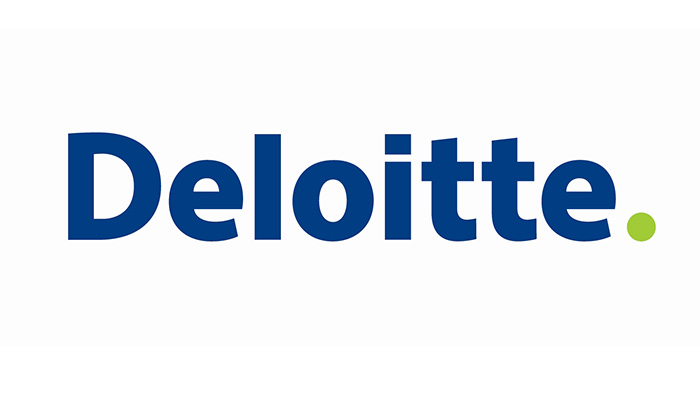
Deloitte: Mobile consumers check their phones over 80 billion times a day
Deloitte’s Technology, Media & Telecommunications (TMT) practices highlight the increasing trends for connectivity and mobile phone usage across the board in Deloitte’s latest report entitled: Global Mobile Consumer Trends. Both intensity in usage and ownership rates are increasing―in some categories more than doubling―pointing to dramatically changing consumer behaviors, and a shift towards non-voice communications such as text and instant messaging (IM).
Deloitte conducted a survey designed to gather information regarding consumer behaviors, trends and opinions for a broad range of wireless and mobility products and services across regions and specific countries. The results offer an extensive perspective of the mobile consumer climate, offering country and market level comparisons, covering 6 continents, 31 countries, and 49,500 respondents, representing nearly 70 percent of the world’s total population.
“There is no doubt that the reality of the connected consumer is here to stay and it will transform every industry and region of the world,” said Emmanuel Durou, Consulting partner and Technology, Media and Telecommunications leader at Deloitte in the Middle East. The long-term growth prospects for many companies around the world rely on their ability to stay ahead of the connected consumer’s rapidly changing and evolving habits.
Mobile Payments Continue to Pick Up Speed
While it is still a relatively new application, mPayment usage is gaining traction globally. According to the survey results, in developed markets, 20 percent of consumers reported using mobile payments. In emerging markets, nearly half of consumers (47 percent) reported phone usage to make in-store payments, and 65 percent indicated their interest to use the technology. Highlighting the rapid speed of pick-up, China, a predominantly cash market, over the past year has been one of the countries to adopt mobile payments for in-store purchases most quickly with a 66 percent increase in usage over last year.
However, across the board, survey respondents listed the number one reason for not wanting to use mPayments – security, with 40 percent of consumers globally noting concern that mobile payments are not secure enough.
“These findings around mPayments highlight some surprising nuances in the current global mobile consumer marketplace. For instance, it is certainly interesting that consumers in technologically advanced countries like Germany, France and US are far more reluctant to use mobile payment solutions than in some emerging markets,” continued Durou. “The lack of confidence in mPayment security, as evidenced by the survey responses received, also points to the need for consumer education, considering that these systems are often more secure than traditional payment methods.”
Additional highlights and details from the executive summary of the Global Mobile Consumer Trends report include:
Mobility comes in all shapes and sizes: Keeping with annual trends, the number of global consumers who own devices continues to increase with 78 percent having smartphones, nearly 10 percent owning wearables, and more than 50 percent having tablets. Diving deeper into wearable devices the survey results show that, one-fourth of consumers in emerging markets plan to buy a wearable device in the next 12 months. On a country basis, Singapore leads the world in connected consumers. Poland also ranks near the top in each category, with the US, Australia and Italy close behind.
Consumers can’t get enough mobile screen time: Almost all mobile consumers check their phones within three hours of waking up. In emerging markets, 93 percent of consumers look at their phone within an hour or less of waking up. Similarly, 14 percent of emerging market consumers check their phones at least 100 times a day.
Text and instant message are consumer favorites: Globally, amongst available mobile device applications, consumers are checking text messages and instant messages (IM) first in the morning. Although voice service remains the most commonly used application across the developed markets with 76 percent indicating usage in the last week, it is closely followed by text messages (74 percent).
Regional preferences for network vs. Wi-Fi: In developed markets, 4G speeds are consistently higher than Wi-Fi speeds. In the Americas region, Wi-Fi is the preferred method to connect to the internet, while Europe and Asia-Pac prefer mobile (e.g., 4G).
Full details about the Global Mobile Consumer Trends are available here: http://bit.ly/29305NC
About the Global Mobile Consumer Trends report
The Global Mobile Consumer Trends report is based on the Global Mobile Consumer Survey covering 6 continents, 31 countries, and 49,500 respondents, representing close to 70 percent of the world’s total population. The survey was administered online. The findings are based on the analysis of this collective data. Full details about the Global Mobile Consumer Trends are available here: http://bit.ly/29305NC



























